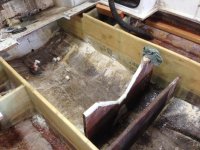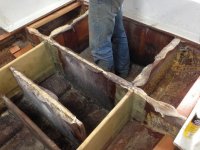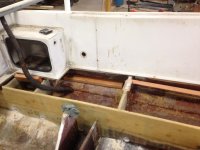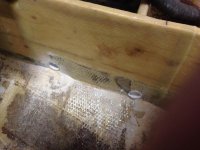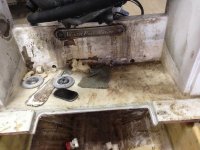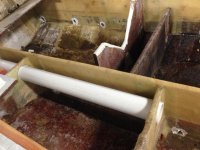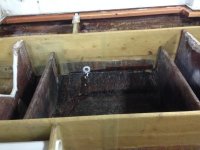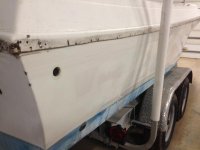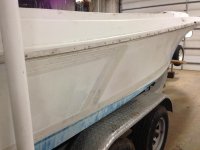bradford
God
I wouldn't put in any foam. You have the right idea about letting everything drain well and get air to it to dry out. I think it's a good idea if you park her indoors to open the hatches to let air circulate, if not at least the ones inside the cuddy if you have a cuddy model. Interestingly mine didn't have any foam except for around the rotted out fuel tank.
When reinstalling the deck you should add additional hatches where available. My cuddy had a huge void forward of the fish box that I opened up and installed my batteries and an additional bilge pump. Also you should add hinges to your fuel tank hatch to make it easier to inspect or remove if necessary.
Great hearing everyone's progress!
When reinstalling the deck you should add additional hatches where available. My cuddy had a huge void forward of the fish box that I opened up and installed my batteries and an additional bilge pump. Also you should add hinges to your fuel tank hatch to make it easier to inspect or remove if necessary.
Great hearing everyone's progress!




